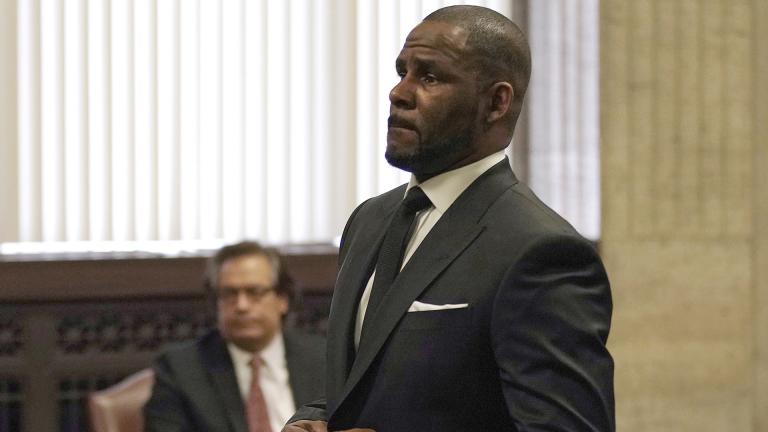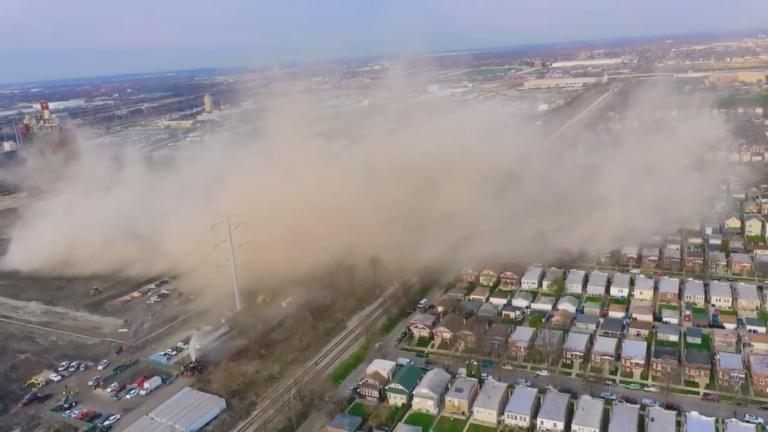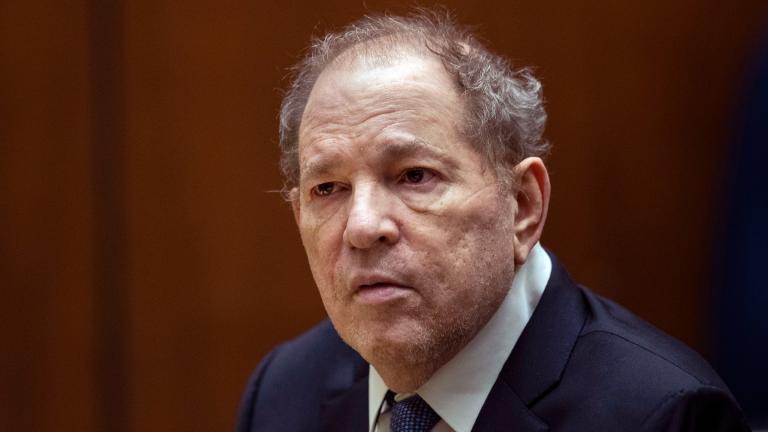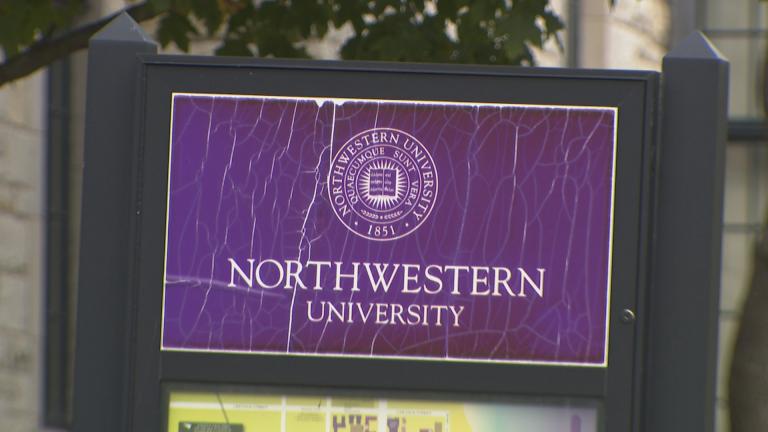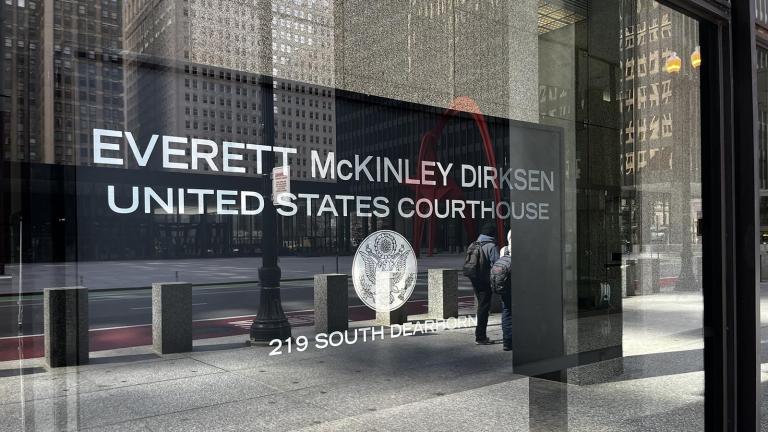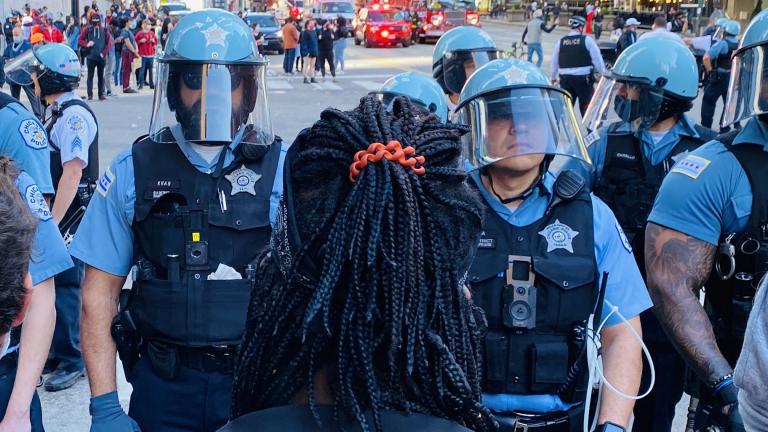The Justice Department last week joined a lawsuit against the city of Chicago that alleges the city has failed to make crosswalks accessible to people who are blind, deaf-blind, or have low vision.
The DOJ says the city is required to install accessible pedestrian signals that give audio or tactile cues when it’s safe to cross the street. According to the suit, Chicago has just 15 of those signals out of 2,700 crosswalks with visual signals.
In a statement, the city law department said: “While the City denies any violation of federal law, it does not oppose this intervention and looks forward to working with the DOJ to build upon the commitments and foundation it has already made in this area.”
Julie Tye, president and CEO of the Hadley Institute for the Blind and Visually Impaired, said that people who are blind or have low vision rely on accessible pedestrian signals to help them get around safely—and many people have vision issues that might be less apparent than “somebody who’s using a white cane or a leader dog,” she said. “The inconspicuous person who doesn’t use a white cane or a dog, but who has macular degeneration or glaucoma and really can’t see—they’re not obvious to us.”
Tye says this critical accessibility issue will become increasingly important, with one in three adults estimated to have some sort of visual impairment in the coming years.
“Ten thousand people turn 65 every day,” Tye said. “We refer to it as the silver tsunami—the number of people who have low vision, who are visually impaired, for whom correction does not solve their vision problems, that number is going to double in the next 15 or so years.”
Randall Schmidt, a clinical professor of law at the University of Chicago and a director at the Mandel Legal Aid Clinic, says state and local governments are bound by federal law to make services and facilities accessible to people with and without disabilities.
“(The city has) put up these walk/don’t walk signs for sighted individuals, so they need to treat individuals without sight equally and provide them with a way of knowing whether it’s safe to cross or not cross busy intersections,” Schmidt said.
Having the Justice Department move to intervene in the lawsuit gives the plaintiffs a big advantage, Schmidt says. “More importantly, hopefully it will get the city to sit down and negotiate some type of resolution to this case because at the end of the day, what’s important is getting these signals at crosswalks so individuals who are blind or have low vision can safely cross intersections.”
Tye says she’s hopeful the city will make its crosswalks accessible. “I know this is a city that wants to do the right thing by its citizens,” she said. “I think the DOJ’s involvement shines a spotlight on a really critical issue, and we have the opportunity to potentially be a model for other cities.”

